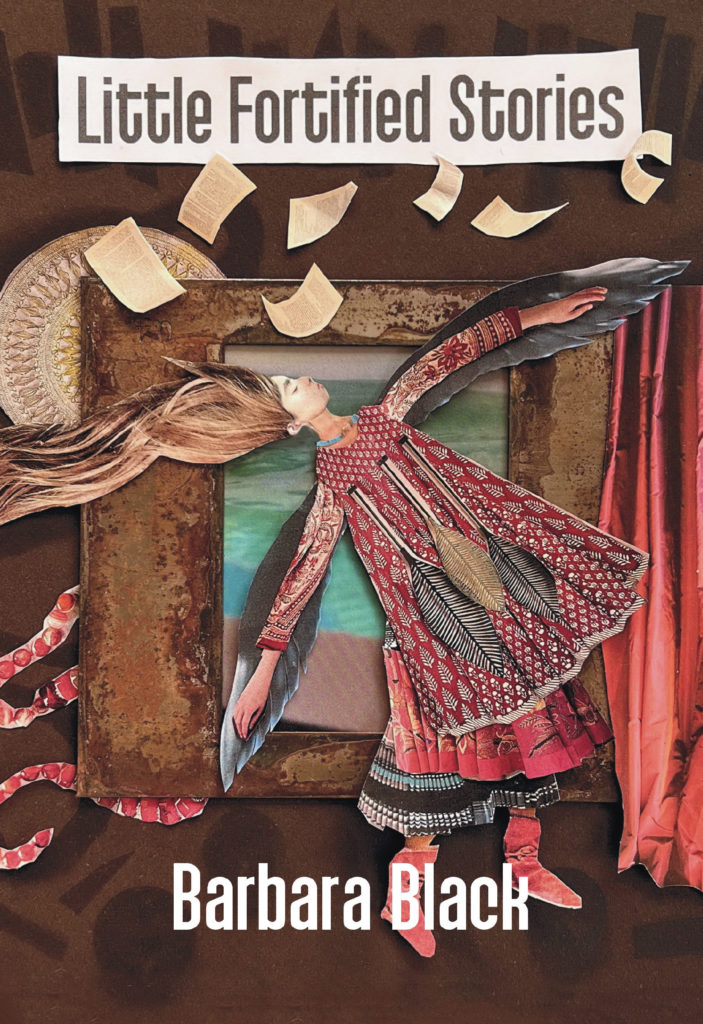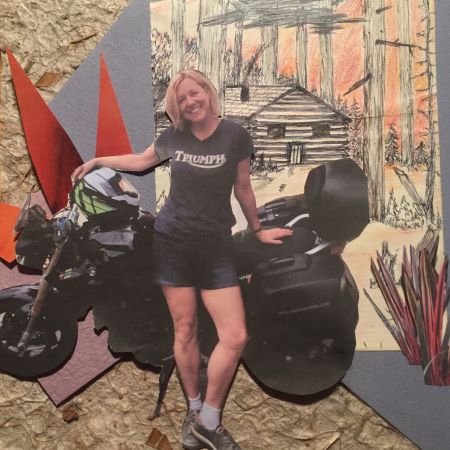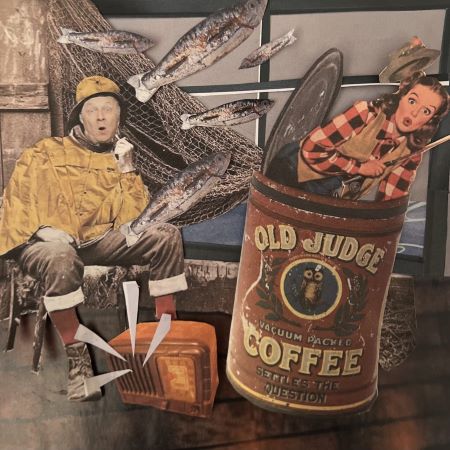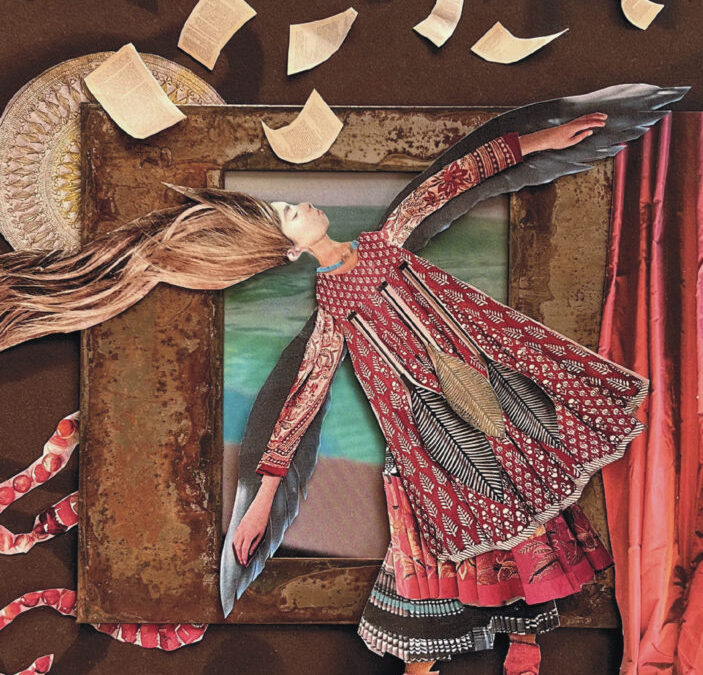 Barbara Black’s new book, Little Fortified Stories (Caitlin Press, 2024) has won a 2024 Firebird Book Award in the “Short Story” category as well as in the new “Weird Book Genre” category. How cool is that!
Barbara Black’s new book, Little Fortified Stories (Caitlin Press, 2024) has won a 2024 Firebird Book Award in the “Short Story” category as well as in the new “Weird Book Genre” category. How cool is that!
In fact, Barbara’s short fiction included in Little Fortified Stories has won numerous awards. Here’s to Barbara’s experiments in brevity that feature convention-defying characters and curious, magical mini-worlds!
Following a visit to a “dimly lit Port Wine House in an eighteenth-century palace in the Bairro Alto district of Lisbon,” Barbara sampled Portugal’s most famous spirit: port. Each small glass, Barbara found, contained a unique taste and aroma as well as a story. “A little story, its words fortified by voices and images rising as if in a séance, from a very particular Portuguese spirit.”
Spirits continued to ignite Barbara’s stories as well as the spirits of ancestors and poets; music; travel; artwork; and dreams.
“Distillations,” the first part of the book has sections on Port, Gin, Bourbon, Tequila, Scotch, Rum, and Whiskey.
Barbara writes of Portugal’s famous poet in “Fernando Antonio Nogueira Pessoa.” The piece begins with Vista Alegre 20 anos, Porto Branco.
Pessoa wrote in over a hundred different alter egos or heteronyms. The page-long piece ends with: “The old trunk full of unfinished writings sits on the dock. In the light of day, somebody will find it.” Perhaps Barbara has found that old trunk or else her imagination has soared with a trunk of her own creation. I think it’s the latter with an abundance of inspiration from Pessoa. His poetry it has been said is “a testament to unreality, proclamation of nothingness, occasion for expectancy.” (Poems of Fernando Pessoa translated and edited by Edwin Honig and Susan M. Brown.)
 Barbara Black writes short and flash fiction, poetry and libretti. Her debut short story collection, Music from a Strange Planet released in 2021, was a multi-award winner. She lives in Victoria, B.C. where she gardens, writes and rides her trusty Triumph motorcycle.
Barbara Black writes short and flash fiction, poetry and libretti. Her debut short story collection, Music from a Strange Planet released in 2021, was a multi-award winner. She lives in Victoria, B.C. where she gardens, writes and rides her trusty Triumph motorcycle.
A Japanese mythological figure called Hitotsume-kozo; a Swedish folk creature, skogsra or “forest spirit;” and Louise Bourgeois’s giant spider sculpture called “Maman” have made their way into distillations in the Gin section. Virginia Woolf makes an appearance in “Stitching.” It’s a “micro-tribute of sorts” to Woolf’s To the Lighthouse.
“The Map of My Wanderings” (such a great title) was winner of the Federation of BC Writers Literary Contest in 2022. The speaker has difficulty conceiving and tries some unusual methods. Following the doctor’s advice that she lacked faith, she “went home and ate an entire pumpkin, coachmen and all.” The inventive piece, in the Bourbon section, was sparked by a line in Lydia Davis’s Collected Stories from the story “Mrs. D and Her Maids.” Lydia Davis is a master of the short form and we can say the same about Barbara Black whose work has appeared in national and international publications including many anthologies.
The Kraken Black Spiced Rum added spirits to “Playing with Matches,” in which the speaker says:
. . . . . . . . . . . . Flames had a way of
accelerating childhood, just as fairy tales were a crude medicine
for confronting reality. Red Riding Hood would have preferred
a purple wool coat with metal buttons, not a cape.
“Ink in a Dye Bath” in “The Unseen” section is a fascinating exploration of colour based on a philosophical proposition by Frank Jackson called The Knowledge Argument. You can see that Barbara’s inspirations are many and varied!
“My Tiny Life” was inspired by a tiny wooden box with a tiny handwritten book inside which was found among Barbara’s father’s belongings after his passing.
I live in this small book of maps and instructions my father
left behind. After all the clocks stopped.
From “THERE IS ANOTHER CANYON VERY FEW PEOPLE KNOW ABOUT,” the fourth section of “My Tiny Life.”
The “Visual Provocations” section has pieces inspired by the work of Hildegard von Bingen (1100s); A.J. Casson (1965); and Frida Kahlo (1940) among others. “Free Divers” was inspired by a photograph of three vintage diving helmets called “Who Was Dr. Halley?” by Susan Smith, 2020. It’s an amusing piece in which there is a Mr. Chang and three identical Mrs. Changs. Or was “the town drunk, Jock” seeing triple today?
“Ancestral Fabrications” particularly interests me as Barbara has written about her ancestry through imaginations, fanciful fabrications, and reimaginings. “The Jaeger Family Theatre,” for instance, is an imagining of Barbara’s maternal Nordic ancestry and the possibility that she is “descended from the (fictitious) jaeger bird people.”
The delightful cover artwork by Barbara probably relates to this piece as it reads: “Picture this: I’m onstage, dressed in jaeger plumage as the letter ‘T,’ my debut as the fifth born.”
I wonder what came first? The fiction or the collage? Sometimes I’ve found that a collage with random selections that you’re drawn to, can help to invent a story. There are several of Barbara’s collages in the book, some of them with the words of a poem. Here’s an example from the end of the Bourbon section. It may relate to “Herring Radio,” Barbara’s “fanciful fabrication of how [her] maternal great-grandfather and grandmother may have come to be.”

The section entitled “Disorientations,” includes “Kafka’s Dream Diaries,” in which the second of the dreams is dedicated to Tom Sandborn. In his review of Barbara’s short story collection, Music from a Strange Planet, in the Vancouver Sun, Tom said: “Think Kafka on crack.” Barbara found it an “irresistible compliment.” As Franz Kafka has been quoted as saying: “Books are a narcotic.”
The last section of the book, “Fado,” is named for the “deeply felt form of Portuguese music.” As Barbara says: “The unique poetry of fado is based on common themes: Lisbon (or other places) anthropomorphized; nostalgia; grief; voice; destiny; betrayal or loss in love. And saudade, a yearning for the unattainable.”
Black and white photographs are included for each such as “FADO VI” which Barbara has set for voice and piano. (She took all the photographs but one.)
Memory is a rock smashed into pieces. I tell only the best parts,
the sharpest fragments. That canyon of my childhood had an eye
that never closed. . . . .
From FADO VI
On her website, Barbara says: “As a tender youth, everywhere I went I carried my treasured journals. Lined, eight by eleven inches, full of adolescent musings on human life, snatches of poetry, monologues, and story sketches. I wrote in these through university, too, hunched over a coffee in some campus café, a huge cinnamon bun by my side. By then the writing was more serious. Things changed. I now do all my freewriting in tiny unlined 3½ by 5 ½ Moleskine journals. Every poem, lyric, short story or flash story I have created has begun as a deep-dive freewrite in one [of] these teeny coloured, humble books of which I now have forty.”
Don’t you now have the urge to invest in some tiny journals? And have a look as well for tiny boxes and curious looking trunks. And seek out the book of course: Little Fortified Stories.

